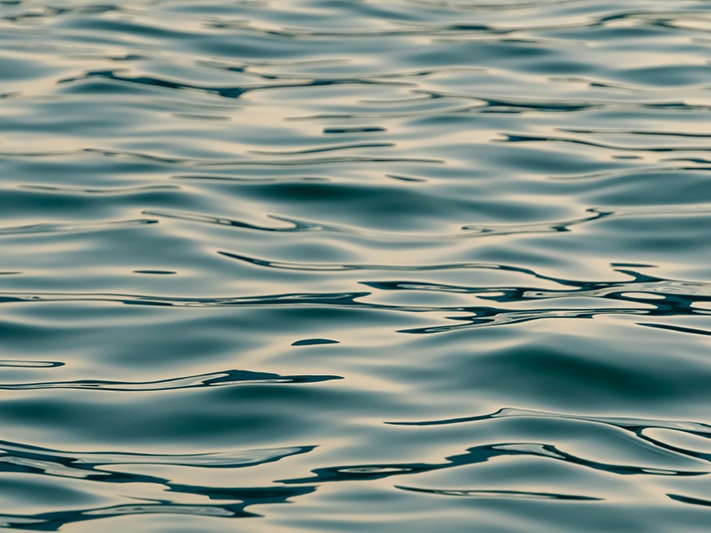
Activity A: The rhythms of te taiao
Observe the passing of time using environmental indicators.
Free museum entry for New Zealanders and people living in New Zealand
Open every day 10am-6pm
(except Christmas Day)
Free museum entry for New Zealanders and people living in New Zealand
Consider some of the mātauranga involved in the growing of māra kai.
|
He pitopito kōrero Mahi māra is an important expression of what it means to be Māori. As the late Moana Jackson famously stated in a lecture titled ‘Once were Gardeners’. “Where did the novelist Alan Duff get the idea of naming his novel Once Were Warriors, when a clear and actually objective analysis of our society would have shown that the book could more properly have been called Once Were Gardeners, Once Were Poets, Once Were Singers, and if you’re from Kahungunu, Once and Always Were Lovers.” Thriving māra kai, or food gardens, were often admired by settlers, and recorded in many of their diaries. In 1850, at Whareroa, at the southern edge of Te Ātiawa ki Kāpiti for example, a small pā site had cultivations that, “.. consisted of thirteen acres of potatoes, seven of kūmara, four of maize, three of wheat, and three quarters of an acre of other produce. There were two barns and several stacks of unthreshed wheat and.. a considerable quantity of flax was prepared for the European market.” There were ten waka drawn up on the beach and “they also have cattle and horses who all appear to be in a very healthy and prosperous state.” At the time there were also 100 tame pigs, five geese, and twenty ducks. These sorts of māra kai were very common and in many areas of Aotearoa, early settlers relied heavily on the generosity of Mana whenua, and these māra, for their survival. Observations of te taiao, following traditional maramataka practices, guided māra kai growers. The miromiro, or tomtit, for example, was seen as a tohu for renewed garden activity, and his carved stylised form is often seen on the kō, a traditional gardening tool. Māra kai fits within the concept of mahinga kai which is a lifestyle built around the sustainable preparation, gathering, and storing of food. These practices ensure that hapū and iwi thrive through the use of customs that respect te taiao. Many whakataukī, waiata, and pūrākau make reference to māra kai as being key to the ongoing use of mātauranga Māori today. Notes about the māra kai at Whareroa from The Kapiti Coast: Māori tribal history and place names of the Paekakariki-Otaki district by Wakahuia. W. Carkeek (republished 2004) |
| The kō is likened to the hoe. It is the best-known and was the most widely used of all Māori agricultural tools. Mainly a soil-loosening tool, the kō was used with the teka as a spade and without the teka to loosen earth in post holes. Some kō were elaborately carved for ceremonial purposes and used by tohunga. |
| The kāheru is used for several forms of wooden spades and light cultivating tools known as ketu, wauwau, and pinaki. Kāheru were used for lighter cultivation work, such as loosening soil or light weeding. Kāheru were made from a variety of woods, sometimes bone or stone and sometimes elaborately carved. |
| Timo, timotimo, or tima were used as grubbers for loosening soil. They were often made from a forked branch, with a flattened blade and a round handle. Many timo were straight, with the length of the blade being the same or longer than the handle. The timo could be used effectively in a squatting or kneeling position, and loosened soil too hard to be worked by a broad-bladed tool. |
Watch Jessica Hutchings (Ngai Tahu, Gujarat) talk about Hua Parakore, which is a framework developed by Te Waka Kai Ora (Māori Organics Authority) for kaupapa Māori ways to grow kai. Discuss together the main points of her whakaaro (thinking).
Each of the six principles of Hua Parakore reflect mātauranga Māori in growing kai – whakapapa, wairua, mana, māramatanga, te ao tūroa, and mauri. If possible, learn about each of these principles from someone that holds this mātauranga.
As you begin to understand some of these big, expansive ideas, you might be able to imagine – what would food growing systems look like if it embodied this principle?
Connect with local Hua Parakore growers in your area to see how they are inspired and influenced by this mātauranga.
What would your school look like if it embedded food growing to support the school community? What values could you draw on to inform the way you grew food?

Observe the passing of time using environmental indicators.

Explore what kaitiaki could mean in your context.

Go down amazing wormholes with this curated suite of links.